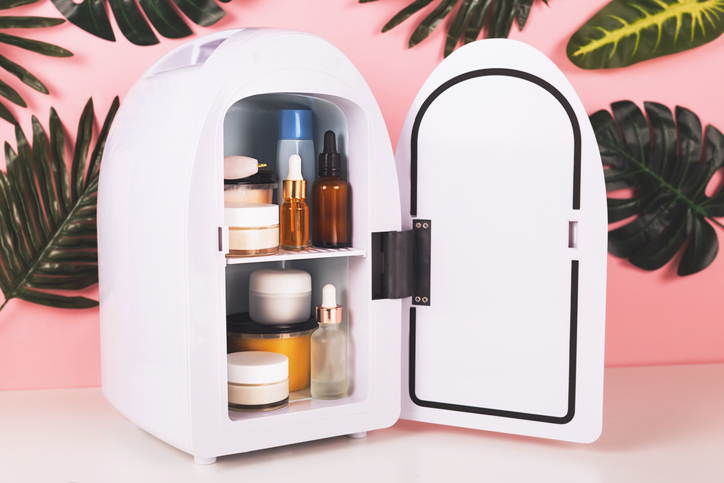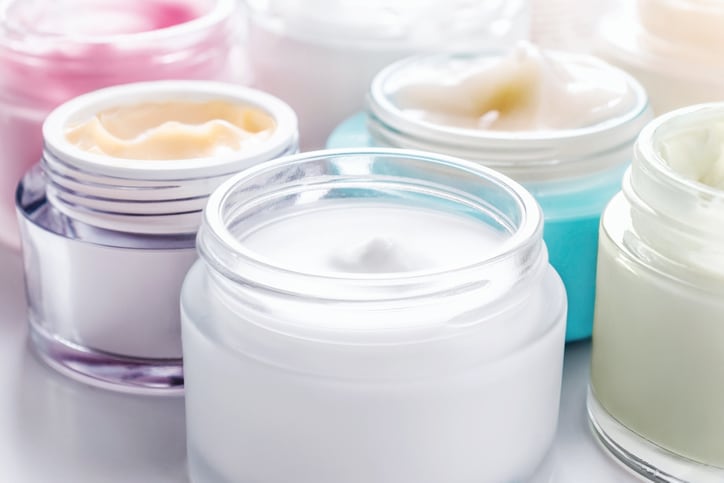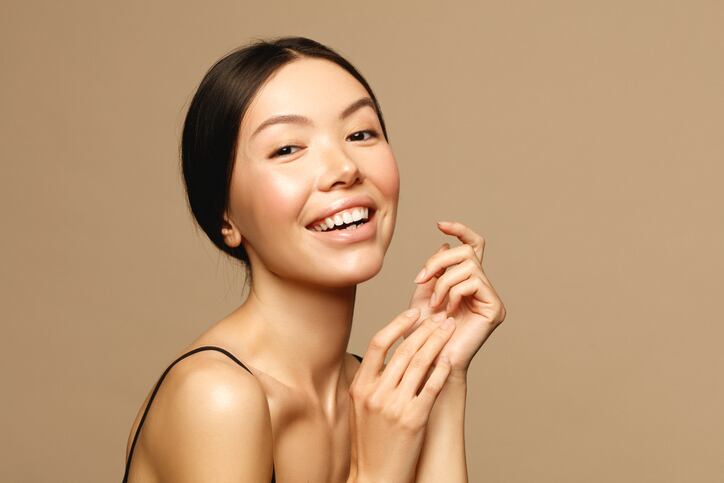Many topical beauty products worldwide contain probiotics, the majority of which use processed fractions or purified components – tyndalized (heat-killed) probiotics, for example. Other formulations incorporate postbiotics which were immobilised or ‘dead’ variants.
So, just how viable were live probiotic strains in topical beauty formulations? And was it worth the investment when stable, processed variants worked well?
Experts from CosmeticDesign’s online Skin Microbiome webinar – held last month and still available to view on-demand – agreed that the idea of formulating with live bacteria was great, but other market options were more realistic.
Live probiotics – ‘maybe more interesting as a marketing concept’
“I think it’s interesting for the concept; it’s more complicated to include live bacteria in a cosmetic,” said Audrey Gueniche, expert claim activator at L’Oréal Research & Innovation.
“Especially because, first, it has to be safe, but it has to also be well-preserved from foreign microorganisms. It’s very complicated to achieve these two things: to be clean without bacteria and to include a live bacteria,” Gueniche said during the CosmeticsDesign webinar.
Marie Drago, founder of skin microbiome beauty brand Gallinée, agreed and said her team had considered using live bacteria in the early stages of product development but ended up choosing to work with tyndalized probiotics.
“As Audrey was saying, it’s such an interesting concept [to work with live bacteria], but I think it’s maybe more interesting as a marketing concept. From a practical point of view, I’m not sure it’s worth the pain,” Drago said.
Working with live probiotics in skin care formulations immediately meant shorter shelf life, a complete upheaval of existing logistics and risks associated with other bacteria breeding in the product or on the skin, she said. “You don’t want your bacteria to breed in the product, you want it to be stable, then do a little bit and die. So, why not use stabilised bacteria? Those that have been tyndalized and have the same kind of effect.”
Beauty in the fridge – a probiotic future?
Some beauty brands were indeed working with live probiotics, Drago said, such as Mother Dirt with its AO+ Mist that had to be stored in the fridge for a longer shelf life, otherwise it lasted just four to six weeks.

Asked if refrigerated products could be the answer, she said it might be but for the concept to truly take off, retail formats would have to change to offer refrigerated space in skin care sections. “You don’t really want to be sold in another category; you don’t want to be in the fridge with the orange juice”.
Equally, for direct-to-consumer (D2C) brands, Drago said investing in fresh deliveries and refrigerated supply chains was a lot to organise. “Is it worth the pain and associated costs just to have your bacteria live rather than stable in your formulation? For the marketing, it makes sense. For the product benefits, I’m not sure.”
Gueniche said the effects of tyndalized and processed probiotics were well-proven and the inclusion of postbiotics well documented as helping overall formulation effectiveness, so if the decision was made to incorporate live bacteria, manufacturers had to “be sure that it brings real added benefits, because it’s a complicated area to go into”.
Regulations to consider if working with live probiotics
Gerald Renner, director of technical regulatory affairs at Cosmetics Europe, said beauty brands would also have to carefully consider two main areas of regulation when formulating beauty products with live bacteria strains.
Firstly, brands and manufacturers would have to consider regulations around growing these kinds of bacteria – biotech regulation that might throw up restrictions, depending on the strain, Renner said. And secondly, industry would have to be certain that the final product fell into the cosmetics definition.
For a product to be considered a cosmetic in Europe – and most parts of the world – he said it had to be a substance or mixture of substances; applied externally to parts of the body or potentially within the oral cavity; and achieve a cosmetic benefit and nothing more.
Cosmetics Europe had conducted deep analysis on whether live bacteria could be considered a cosmetic ingredient, he said, and concluded that there was “nothing wrong or fundamentally against it being considered a cosmetic ingredient” as long as the product fulfilled requirements in the Cosmetic Regulation.
Learnings from the food and supplements industry?
So, as industry advanced in its consideration of using live probiotics in topical beauty formulations, could it draw inspiration from elsewhere in consumer goods?

Ewa Hudson, director of insights at Lumina Intelligence, said the food, beverage and supplements industries had “invested a lot of energy” in different delivery systems for probiotics, including encapsulation techniques, and so perhaps cosmetics could look at existing research in this field.
Renner agreed food, beverage and supplements would be the obvious place to look for inspiration. “They’re facing the same questions: they want the good live bacteria in there but have to deal with making sure there’s no pathogens in there.”
He added, though, that the concept of incorporating live probiotics in cosmetic formulations was perhaps “too early and not worth the pain” for most of the beauty industry at this point in time.
Missed our CosmeticsDesign Skin Microbiome webinar? You can still register for free to watch the 90-minute expert panel discussion on-demand.




